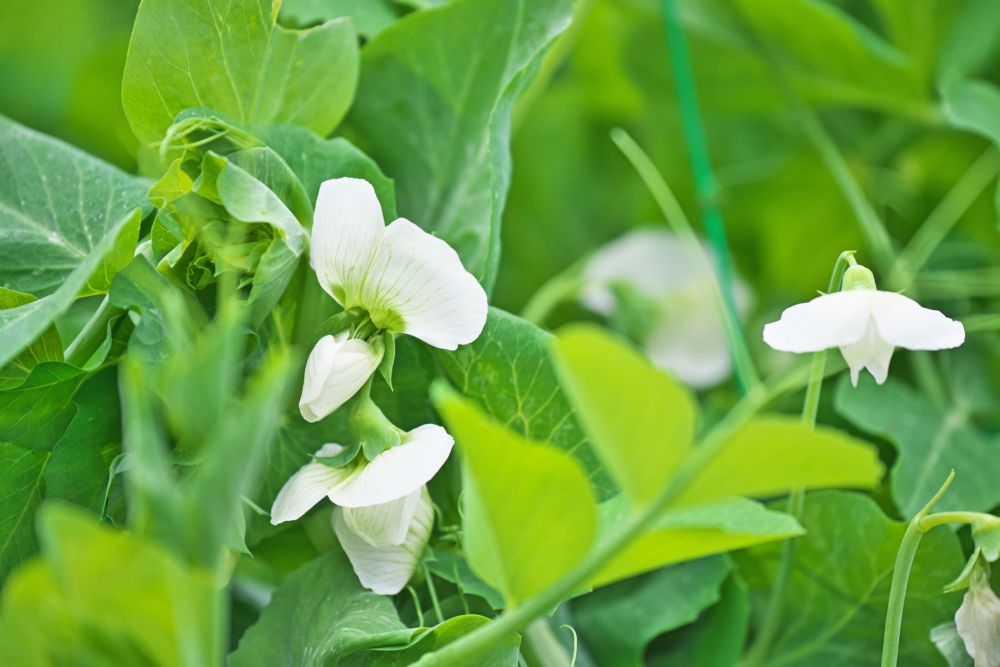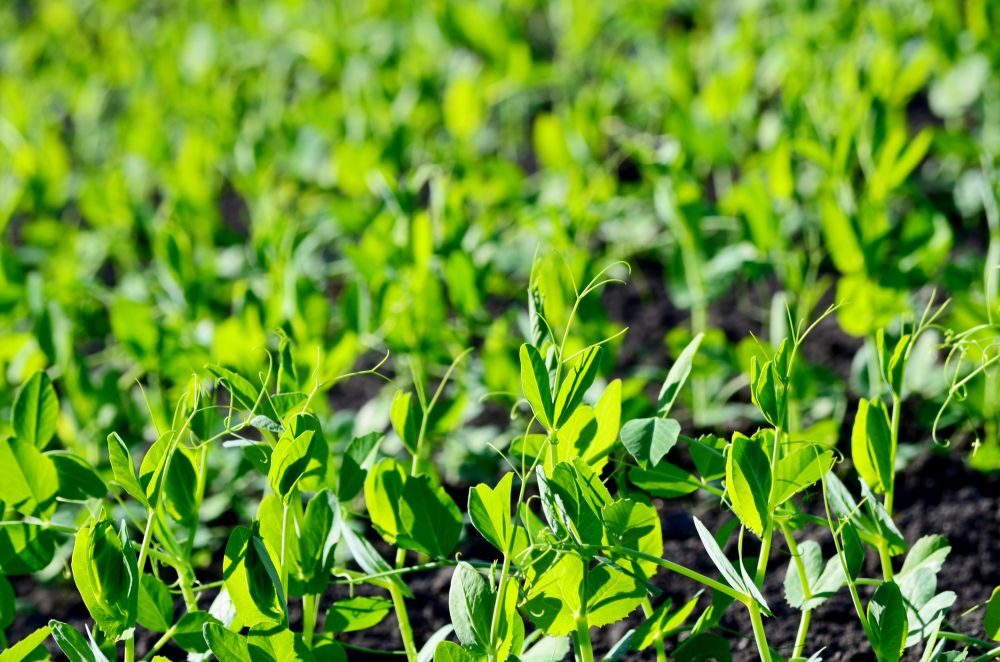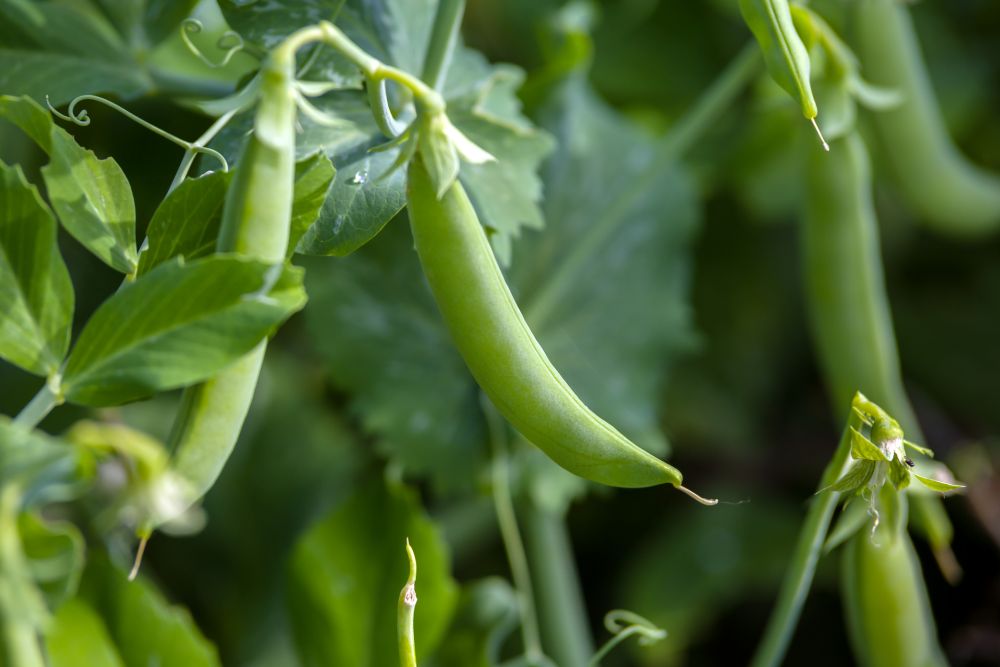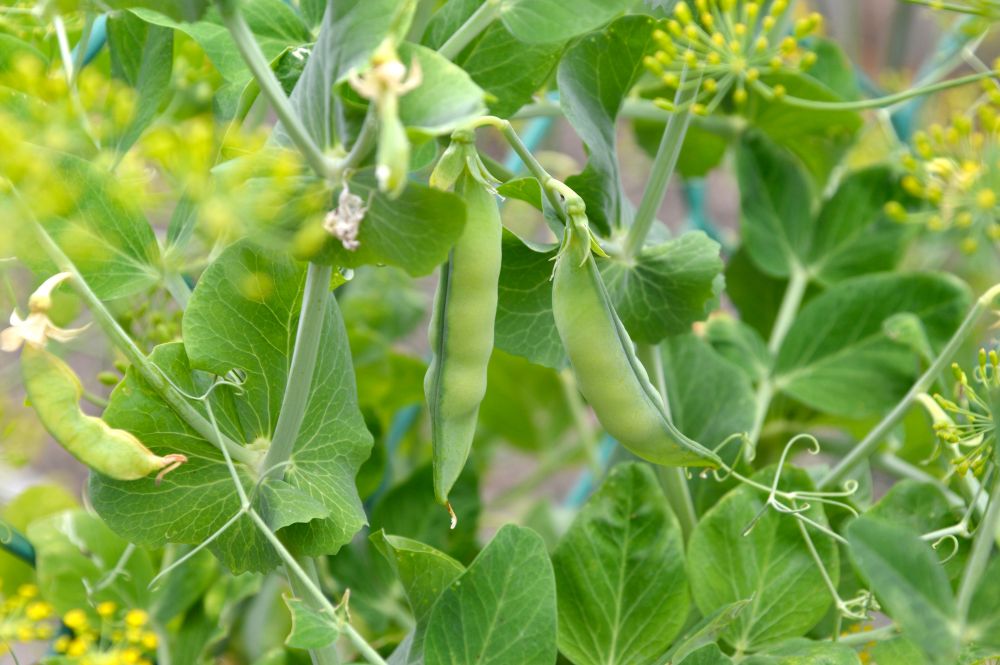Peas Wilting And Other Pea Growing Problems
Peas are delicious legumes. They have a wide variety of cultivars that grow in just about any zone and soil. But while peas are notorious for tolerating anything from extreme cold to drought, they easily fall victim to many diseases.
Moreover, success is not always guaranteed when growing peas. Sometimes you won’t have peas in the pods while other times you won’t have pods at all. Add to that peas wilting and getting yellow and you get an idea of the number of pea growing problems. We compiled those problems and added a few fixes to help you keep your pea plants healthy and ensure your hard work doesn’t go to waste.
Pea Plants With No Pods
When pea plants don’t produce pods you might suspect foul play. Did the deer eat the flowers and thus denied you the chance to eat some peas this year? Or was it a mysterious disease that rendered all the peas in your garden sterile? Neither the deer nor diseases are responsible for pea plants bearing no pods. The answer is actually simpler than that.
It all boils down to how much nitrogen have you fed the plants with. Too much nitrogen means more foliage and fewer flowers. Too little nitrogen makes the plants too weak to produce flowers in the first place. Phosphorus deficiency is another cause of this problem. Plants need phosphorus to produce flowers. Without flowers, you won’t have pods.
Bees are important for the pollination of flowers. If you don’t get bees to visit your garden or it rained when the flowers were in bloom, then the flowers will fade without being fertilized.
How to Fix it
Make an inventory of the growing conditions of peas and check that the plants are getting enough feeding. Here are a few steps to solve this problem.
- Nitrogen: Peas get their nitrogen from the air so they don’t do well in soil with high concentrations of nitrogen. When using a fertilizer make sure it’s low in nitrogen. Unless the nitrogen levels in the soil are too low then you can use a balanced fertilizer.
- Phosphorus: Unlike nitrogen, peas need phosphorus to grow flowers. If you notice that the plants are not carrying enough blooms, feed them with a fertilizer high on phosphorus.
- Pollinators: Pollinators such as bees and butterflies are essential for having a good pea harvest. Plant floral plants to attract these pollinators to your garden. If that doesn’t work, you can manually pollinate the flowers by shaking the pea plants. This sends the pollen to the female flowers and pollinates them.
- Temperature: As cool-season plants, peas don’t do well in hot and dry weather. Time your planting so that the peas bloom and mature before the temperature rises in the summer.
Peas Wilting
Peas wilt for many reasons. The plants might start to wilt when they don’t get enough water. Dry soil and high temperature have this effect on the plant. But sometimes pea wilting can be the result of a disease.
Two types of diseases cause peas wilting. The first is Fusarium wilt and the other is Near wilt. Neither of those diseases should be taken lightly. If left without treatment, the wilting peas will not produce pods and would die. Poor soil can also grow weak plants that succumb to peas wilting easily.
How to Fix it
Before you set out to fix the problem of peas wilting, you need to find out the cause of the issue. If it’s inadequate water, then watering the plant regularly should fix the problem. If it’s a disease, then you need to take the proper steps to prevent it from spreading to the rest of the plants.
- Water the plants and check if that takes care of the wilting problem.
- Check the base of the stalk. If you notice any discoloration especially red, or yellow colors. That’s an indication of the peas wilting disease.
- Remove any infected plants to keep the rest of the pea plants safe. Burn the infected plants.
- Till the soil and leave it under the sun to get rid of the pathogens.
- Rotate the crop and don’t plant in an area where the peas were infected.
- Make sure the seeds are resistant to peas wilt before planting them.
- Mix in organic materials to enrich the soil and improve drainage.
Pea Streak Virus
Of the many viruses that aphids carry and spread around, the pea streak virus is probably the most common one. The disease appears in the form of brown stripes at the top of the pea plants. The stripes then extend to cover the whole plant. Other viruses also cause the same disease including alfalfa mosaic virus and bean yellow mosaic virus.
Most of these pathogens overwinter on other crops such as alfalfa and wait for the spring to infect the pea plants. Infected plants are usually stunted and lose many stems and leaves. Even the pods become infected which affects the yield.
How to Fix it
As serious as the pea streak virus is, there’s no treatment for it. Even pea cultivars are not resistant to the disease. So you need to look for other ways to treat and protect your pea patch and avoid a loss of the harvest. Here are a few ways to deal with this disease.
- Since aphids are the main carriers of the virus, then fighting them off will help protect your pea patch.
- Keep an eye out for the tiny insects and spray them with neem oil or rub the plants with a swab soaked in rubbing alcohol.
- Don’t grow peas near alfalfa or red clover. The virus overwinters on these legumes.
- Remove infected pea plants as soon as you detect the symptoms of the disease.
- Rotate pea planting in the garden and don’t plant them in an area that was infected in a previous season.
Pea Plant Companions
If perennial legumes such as alfalfa and red clover are not good pea companions, so what is? This is a common question and as we have seen, companion plants can either make or break your pea harvest.
Companion plants are those plants that benefit each other. They could be plants that repel insects, fix the nitrogen in the soil, or protect other less hardy plants from the glaring sun or the cold temperature at night. So which plants are ideal as pea companions?
How to Fix it
Since peas are the legumes that fix the nitrogen in the soil, then you need to look for other companion plants that offer a different benefit to them. Here are some good candidates.
- Aromatic plants: Grow peas next to cilantro and mint. The aromatic plants thwart off pests while benefiting from the extra dose of nitrogen in the soil.
- Leafy greens: Spinach and lettuce prefer soil that is rich in nitrogen. Although they don’t offer the peas anything in return, you’ll have a good harvest of the succulent veggies.
- Plant radishes, beans, carrots, and cucumbers with peas.
- The Brassica family is famous for getting along well with peas. So grow cabbage, Brussels sprouts, and cauliflower near the legume.
- Other plants that pair well with peas are tomatoes, corn, potatoes, turnips, eggplants, and parsnip.
On the other hand, peas do not do well next to other plants. So avoid pairing peas with garlic, onion, and gladioli. Some of these plants are reported to prevent pea plants from flowering.
Empty Pea Pods
While having the pea plants grow no pods is frustrating, it’s not as soul-crushing as harvesting the pods only to find them empty. The problem is that this empty pea pods problem can go undetected right until the very end of the season. This makes it not easy to fix in time. Because by the time you realize that the pods have no peas in them, it’s too late to do anything about it.
At the same time if you examine your pea pods too early and find them empty you might mistakenly diagnose them and proceed to fix a problem that doesn’t exist. Pea pods need time to mature and develop the peas.
Of course, there’s another simple explanation for why the pea pods are empty. You might have picked a variety that doesn’t grow peas. Snow peas and snap peas are two varieties where you eat the pods themselves, not just the tiny peas inside.
How to Fix it
Since there are many causes for the empty pea pod problem, you need to make sure you’re treating the real issue. Here are a few ways to deal with this problem.
- If you check the pea pods and find them empty, allow them a couple of weeks before checking them again. Chances are they’re not mature yet.
- Double-check the seeds you have planted. If they are snow peas or snap peas, you can go ahead and harvest the green pods and eat them.
- Make sure the pea plants are well spaced. Overcrowded peas don’t produce well and the harvest will be light.
- Don’t feed the peas with nitrogen since they get it from the air. Focus on fertilizers high in phosphorus.
- Keep track of the pollination of the pea flowers. If the bees don’t do a good job, you might end up with empty pods. Give the plants a good shake to help self-pollinate the flowers.
Yellowing Pea Plants
If your pea plants turn yellow before their time, you need to examine them and look for the cause of the problem. It could very well be a disease. The main culprits behind yellowing pea plants are downy mildew, root rot, Fusarium wilt, and Ascochyta blight.
How to Fix it
Treating the pea plants means you’ll have to diagnose them and decide which disease is causing them to turn yellow. Here’s a rundown of the four diseases and their symptoms.
- Downy mildew: A fungus that thrives in high humidity and poor ventilation. Symptoms of the disease include yellowing of the plants as well as gray spots on the stems and leaves and black spots on the pods. Improve ventilation around the plants to prevent the disease.
- Ascochyta blight: Another fungus that hides under debris and weeds during the winter. It also infects the seeds and grows with the plant. It causes the pods to drop as well as the leaves to turn yellow. Remove infected plants and clean the area around the pea plants off weeds and debris.
- Fusarium wilt: Pea yellowing is the early symptom of this disease. This leads to stunted growth, lack of flowering, and few if any pods. The spores of the fungus reside in the soil throughout the winter and infect the plants through the roots. Use seeds resistant to this disease and rotate pea planting in the garden.
- Root rot: This fungus infects the base of the plants. As they turn yellow, the stems wilt then fall under the weight of the foliage. The spores are carried by wind and rain so use seeds treated with fungicide and improve ventilation between the pea plants to prevent this disease.



